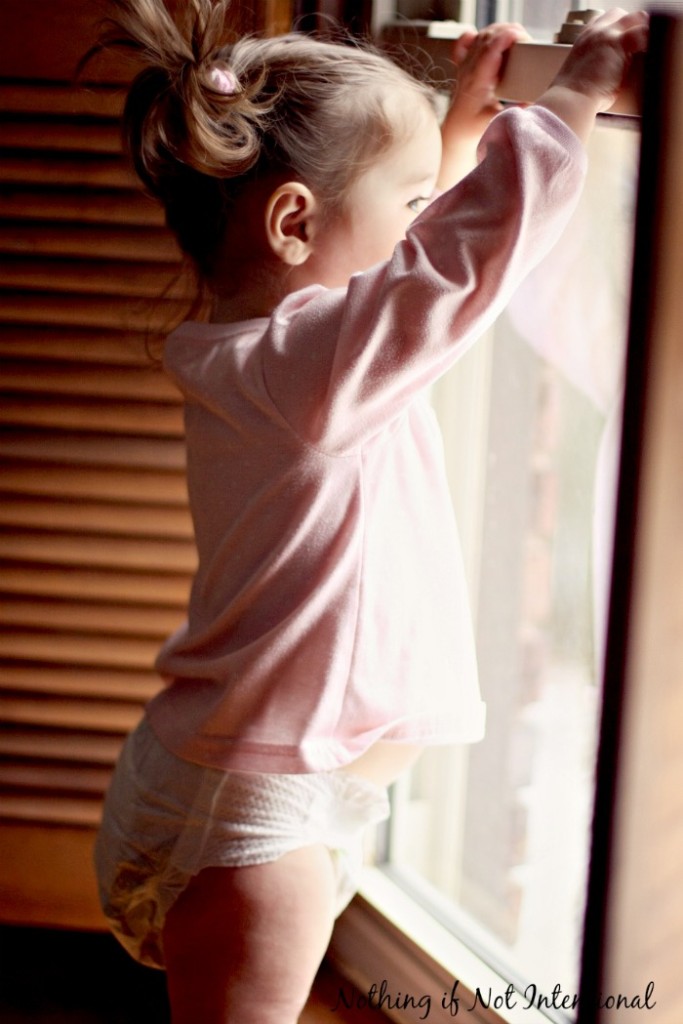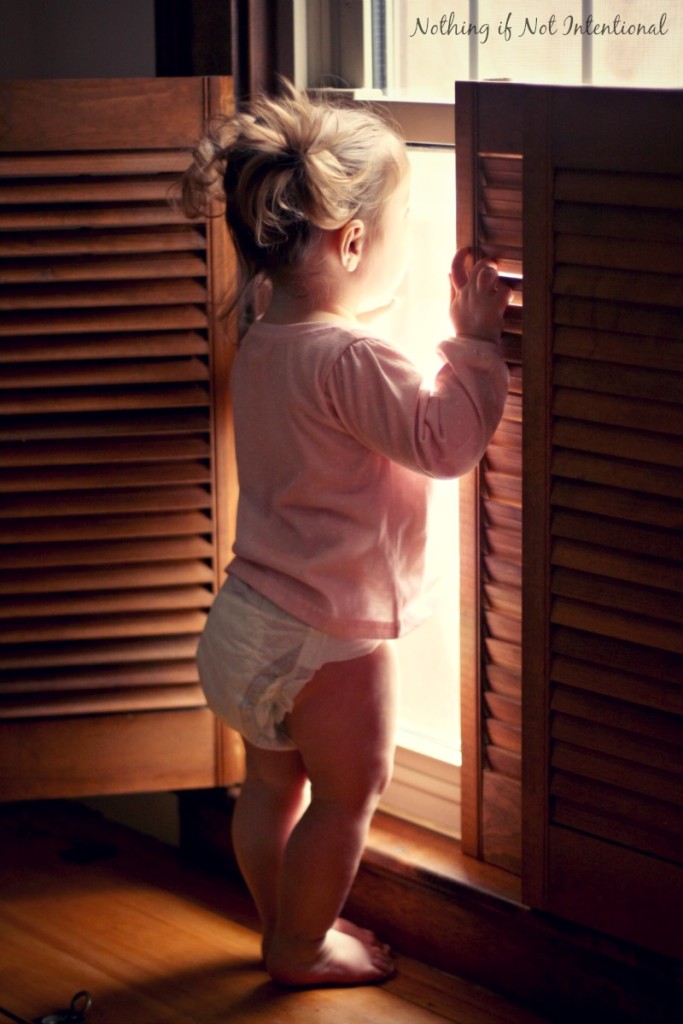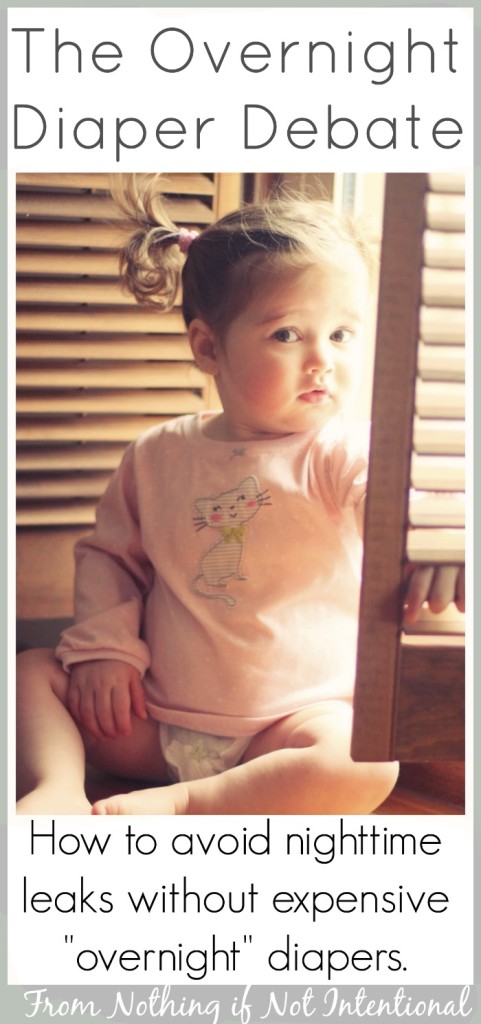This is a sponsored post written by me on behalf of Well Beginnings.
Yes, this is a diaper post sponsored by a diaper company. But don’t write me off yet! We used these diapers (Well Beginnings) at nighttime loooooooong before they sponsored this post. So it’s a natural fit for me to include them in this post about heavy wetters and nighttime leaks.
And believe me, I know a thing or two about nighttime leaks.
My three-year-old has been daytime potty trained (read how she potty trained herself here) for almost a year, and she still sometimes wakes up in the morning with soaked jammies from a diaper that leaked. That’s nuts!
When she started waking up with wet clothes, we tried the expensive overnight diapers. And guess what? We hated them! She soaked them so completely that the gel balls exploded and got in her pajamas, hair, and mouth! Yes, her mouth.
I wrote the company and got a refund.
Overnight diapers were a total fail for us.
Here’s what worked instead:
Avoiding Nighttime Leaks Without Expensive Overnight Diapers
The easiest place to start in the battle against nighttime leaks is to go up a size in diapers. For us, when our girls are in between diaper sizes, they leak more at night. We bump them up to the larger size during the night and keep them in the smaller size during the day.
And while you may hate the thought of it, a diaper change in middle of the night was what ultimately solved the problem for us. Right before we went to bed, one of us would go in and change her diaper. At first this woke her up. But after about a week she came to expect it. She’d roll over and fall back asleep almost before we could even get the diaper securely attached.
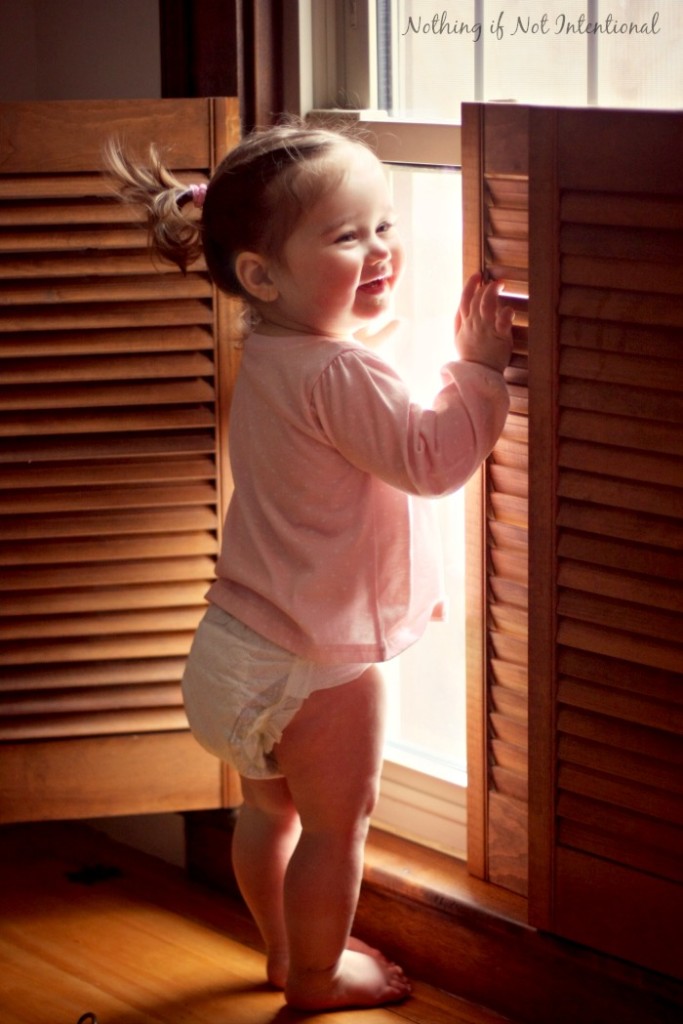
One obvious suggestion would be to limit a toddler’s intake of liquids before bed so that there’s less liquid coming out in the night. We did this with our oldest daughter.
Our youngest? Not so much.
See the picture below? That’s a screenshot from the video monitor of our 18-month-old chugging her sippy at 10:30 at night. I can’t tell you how many times I’ve seen her reach for her water when she’s half-asleep. Is it a bad habit? Perhaps. But it’s been really dry this winter; I often need a drink in the middle of the night, too!
Regardless, she’d presumably leak less if she drank less.

If you want an extra line of defense, try liners or diaper boosters. I tried using disposable inserts to help absorb some of the liquid. We didn’t notice much of a change, but some people swear by them. Believe it or not, we even tried using feminine pads. Hey, they’re known for being absorbent!
Encourage your child to sleep on his or her back. Once they learned to roll over, both of my girls preferred to sleep on their bellies. Yes, back is best for a number of reasons, but belly sleepers also tend to leak more. If your child doesn’t have a preference, you may have less leaks when they sleep on their backs.
Put the diaper on backwards. When I asked for nighttime leak prevention tips on the Northing if Not Intentional facebook page, someone suggested this idea. I guess it makes sense. If diapers are designed to absorb the liquid that gravitates to the back, then stomach sleepers may need that extra coverage in the front. It’s worth a shot, right?
Find a diaper brand that works for you. We’ve tried a few brands, and we truly have had great luck with the Well Beginnings diapers from Walgreens. The brands that haven’t worked for overnight are still put to good use during the day when the girls get changed more frequently.
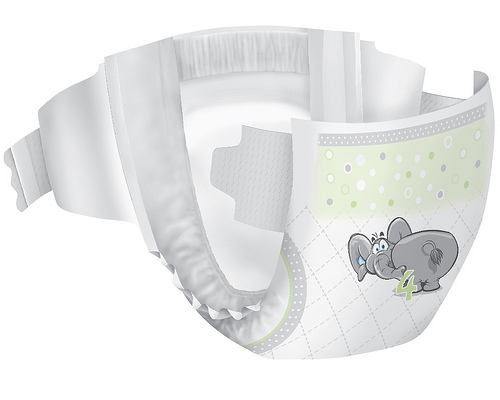
Use a cloth diaper cover or waterproof pants. Around her second birthday, we started putting waterproof diaper covers over our daughter’s disposable diaper. The kind we used were plastic, which looked bulky and sticky. But they did help to contain the leaks when the disposable diapers failed, and they didn’t seem to bother our daughter.
Now that my three-year-old is mostly potty trained, she knows she’s expected to go to the bathroom right before bed. Grownups do it, right? It helps us sleep through the night, too!
And for the times when leaks do happen, keep a bottle of vinegar and water near the bed for cleaning. Our routine goes like this: strip the sheets, take off the jammies, start the bathwater, and clean the mattress with vinegar and water. Hey, it sounds like we’ve done this before! 🙂
Did I leave out any awesome ideas? I’d love to hear which option worked for you!
This is a sponsored post written by me on behalf of Well Beginnings. You can find Well Beginnings diapers at your local Walgreens store.
